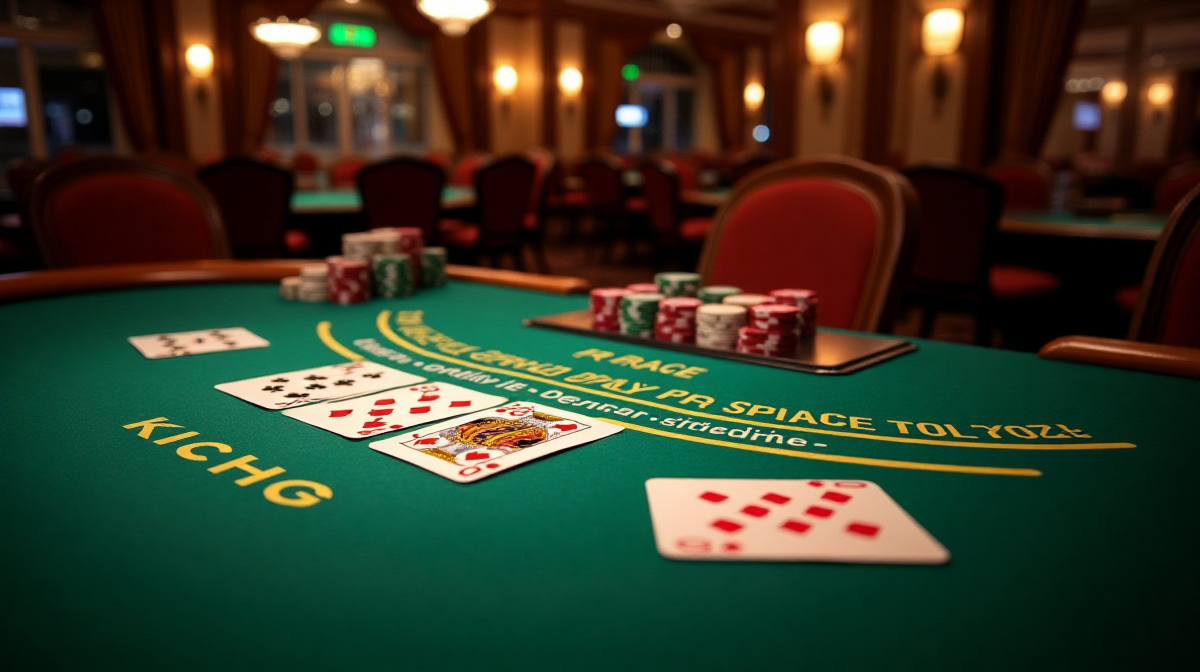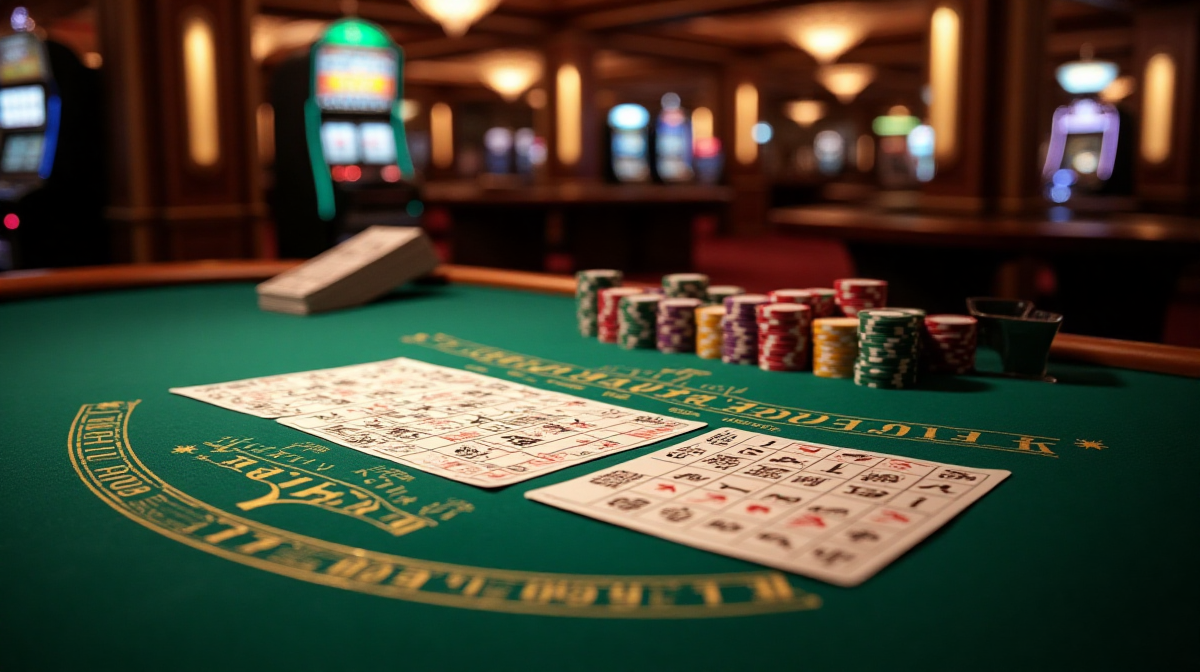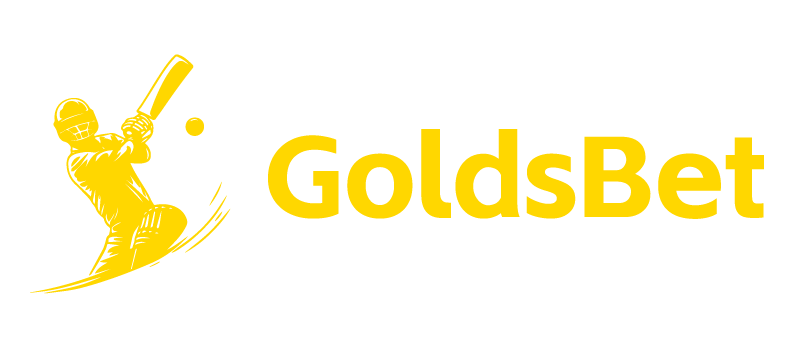Blackjack Basic Strategy: 5 Pro Tips
The House Edge and How to Minimize It
Blackjack, a casino staple, often feels like a game of chance. However, unlike many casino games, blackjack offers players a significant opportunity to influence the outcome through skillful play. The core of this skill lies in understanding and implementing basic strategy. The house always has an edge, but utilizing basic strategy significantly minimizes it, giving players the best possible odds. Many players are exploring opportunities like GoldsBet to enjoy blackjack, and understanding this strategy is vital for success.
Beyond Counting: The Power of Optimal Decisions
While card counting is famously associated with blackjack, it’s a complex skill requiring intense focus and practice. Basic strategy, on the other hand, is accessible to everyone and offers a substantial improvement in odds without the need for memorizing every card played. It’s about making the statistically optimal decision in every situation, based on your hand and the dealer's upcard. Even within platforms like goldsbet in offering various blackjack games, basic strategy remains consistent and effective.
Understanding the Scope of this Guide
This guide will focus on five crucial tips to elevate your blackjack game. We'll cover the foundation – mastering the hit/stand chart – and then delve into more advanced concepts like doubling down, splitting pairs, surrendering, and understanding insurance. These tips aren't about guaranteeing wins, but about maximizing your chances and minimizing losses, even at a goldsbet casino.
Mastering the Hit/Stand Chart – The Foundation
Decoding the Basic Strategy Chart
The basic strategy chart is your roadmap to optimal play. These charts, readily available online, tell you the statistically best action to take – hit, stand, double down, or split – based on your hand total and the dealer’s upcard. Familiarize yourself with the chart; it's the cornerstone of successful blackjack play.
When to Hit: Low Hands and Dealer Upcards
Generally, you'll hit when your hand total is 11 or less, or when you have a hand between 12 and 16 and the dealer's upcard is 7 or higher. This is because you need to improve your hand to get closer to 21 without busting.
When to Stand: Strong Hands and Limiting Risk
Stand when you have a hand of 17 or more. The risk of busting is high if you hit, and you're already in a strong position. Also, stand on 12-16 when the dealer’s upcard is 2-6, as the dealer is likely to bust trying to reach 17.
Common Beginner Mistakes in Hit/Stand Decisions
A common mistake is hitting on hands of 16 against a dealer’s 7 or higher. While it feels tempting to try and improve, the odds are heavily stacked against you. Another error is standing on 12 against a dealer’s 2 or 3 – you should hit in this scenario.
Doubling Down Strategically – Maximizing Wins
When to Double Down on 9, 10, and 11
Doubling down allows you to double your bet in exchange for receiving only one additional card. This is most advantageous when you have a strong starting hand – 9, 10, or 11 – as you have a high probability of reaching 21. Platforms like GoldsBet make doubling down a simple process.
Dealer's Upcard Considerations for Doubling
The dealer’s upcard significantly influences the decision to double down. Generally, double down on 11 against any dealer upcard. Double down on 10 against cards 2-9. For 9, double down against cards 3-6.
Avoiding Common Doubling Down Errors
Avoid doubling down on hands where the dealer has a strong upcard (7 or higher). The chances of the dealer making a strong hand are too great.
The Psychology of Doubling Down & Bankroll Management
Doubling down requires confidence and a solid bankroll. It’s a riskier play, but the potential reward is higher. Always ensure you have sufficient funds to cover the doubled bet.

Splitting Pairs – Increasing Your Chances
The Rules of Splitting Pairs
Splitting pairs allows you to separate two cards of the same rank into two separate hands, each requiring an additional bet equal to your original wager.
Splitting Aces and 8s: Always
Always split Aces and 8s. Splitting Aces gives you two chances to hit 21, and splitting 8s avoids a potentially weak hand of 16.
Splitting 2s, 3s, 6s & 7s: When to Avoid
Avoid splitting 2s, 3s, 6s, and 7s. These pairs have low potential to create strong hands.
Splitting 4s, 5s & 9s: Situational Splits
Splitting 4s, 5s, and 9s is situational. Split 4s only if the dealer's upcard is 5 or 6. Split 5s if the dealer's upcard is 2-9. Split 9s if the dealer’s upcard is 2-6 or 8-9.

Surrendering - A Misunderstood Tactic
What is Surrendering in Blackjack?
Surrendering allows you to forfeit your hand and receive half of your bet back. There are two types: early surrender (before the dealer checks for blackjack) and late surrender (after the dealer checks).
Recognizing When to Surrender: The Bad Hands
Surrender when you have a hard 16 against a dealer’s 9, 10, or Ace, and a hard 15 against a dealer’s 10. These hands have a low probability of winning.
Understanding the Cost of Surrendering
Surrendering means giving up half your bet. While it minimizes losses, it's still a loss.
Is Surrendering Always the Right Choice?
Surrendering is most effective when offered and when the table rules are unfavorable.
Understanding Insurance - A Trap for Many?
How Insurance Works: Protecting Your Bet
Insurance is offered when the dealer’s upcard is an Ace. It allows you to bet half of your original wager that the dealer has blackjack.
The Math Behind Insurance: Is it Worth It?
The math overwhelmingly suggests that insurance is not a good bet. The odds of the dealer having blackjack are less than 10%, making the insurance bet a losing proposition in the long run. Players enjoying blackjack punjabi bagh variations or traditional games should avoid this.
When to Never Take Insurance
Never take insurance unless you’re counting cards and have a significant advantage.
Dealer's Ace and the Basic Strategy for Insurance
Even with a dealer’s Ace, the basic strategy dictates not taking insurance.
Putting it All Together & Continuous Improvement
Practicing Basic Strategy: Online Tools & Flashcards
The key to mastering basic strategy is repetition. Utilize online blackjack simulators and flashcards to drill the chart into your memory. Goldsbet and similar platforms often offer free play modes for practice.
Beyond Basic Strategy: Next Steps in Blackjack
Once you've mastered basic strategy, you can explore more advanced concepts like card counting (though it’s often frowned upon by casinos) and deviation from basic strategy based on specific table rules.
The Importance of Discipline and Bankroll Management
Discipline and bankroll management are crucial for long-term success in blackjack. Set a budget, stick to it, and never chase your losses. Remember, even with basic strategy, blackjack still involves an element of chance.

